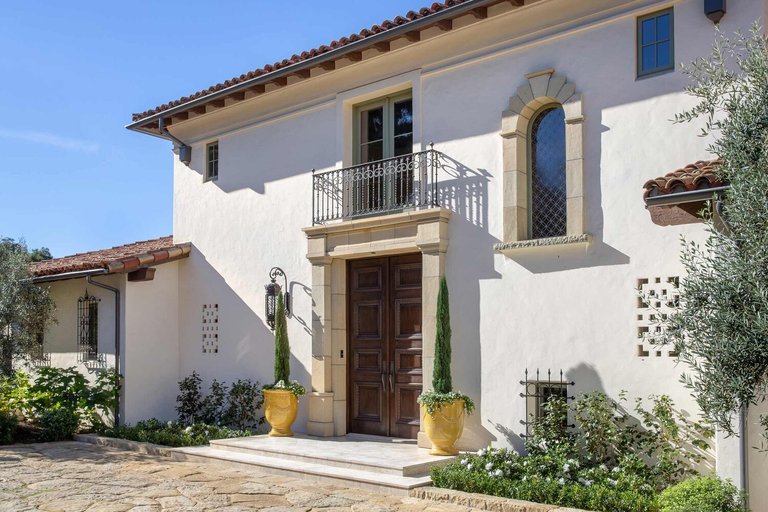Spanish colonial architecture is celebrated for its elegant design and harmonious integration with its surroundings. A standout feature of this style is the use of arches and colonnades, which not only serve functional purposes but also create stunning visual effects. In this article, we will explore how these architectural elements frame light and shadow, enriching the aesthetic appeal of Spanish colonial homes.

Understanding Spanish Colonial Architecture
To appreciate the significance of arches and colonnades, it's essential to understand the essence of Spanish colonial architecture. This style emerged during the Spanish colonization of the Americas and reflects a blend of indigenous and European influences. Identified specifically by stucco exteriors, red-tiled roofs, and intricate details, this architecture embodies a warm, inviting atmosphere. It is due to this reason that more and more people are looking for homes inspired by such architectural styles. Let us bring you the specifics that are gaining massive interest.
The Role of Arches
Arches are one of the most recognizable features of Spanish colonial homes. They not only provide structural support but also enhance the flow of light and air. The curved design of arches allows for larger openings, creating a seamless connection between indoor and outdoor spaces.
For example, a study from the University of Southern California indicates that homes designed with arches can improve natural light penetration by up to 30%. This means more sunlight reaches the interior, creating a bright, airy environment that promotes well-being. Who wouldn’t want a home like that?
Colonnades: Defining Space and Perspective
Colonnades, or rows of columns, play a crucial role in defining spaces in Spanish colonial architecture. These elegant structures serve as transitions between different areas of a home, such as from a courtyard to a living area. They create shaded areas that are perfect for enjoying warm afternoons while providing protection from the elements.
The use of colonnades can significantly impact how light interacts with a space. Sunlight filters through the columns, casting intricate shadows that change throughout the day. This dynamic play of light and shadow adds depth and character to the architecture, making each moment within the space unique.
A Modern Twist: Spanish Colonial Modern
In contemporary design, the principles of Spanish colonial modern architecture continue to thrive. Modern architects often blend traditional elements with new materials and technologies while maintaining the essence of the original style.
For instance, the integration of large glass panels alongside arches allows for unobstructed views of the landscape while still providing the characteristic shading and texture of arches. This fusion respects the historical significance while accommodating modern lifestyles.
Conclusion: The Lasting Impact of Arches and Colonnades
The use of arches and colonnades in Spanish colonial architecture is more than just an aesthetic choice; it's a fundamental aspect that shapes the experience of living in these homes. They create a dialogue between light and shadow, bringing spaces to life. By understanding these elements, you can appreciate the depth and beauty of Spanish colonial homes.
Whether you are considering a new build or a renovation, incorporating these timeless features can enhance your home’s appeal and connection to its cultural roots. As the market continues to value unique, historically-inspired designs, the legacy of Spanish colonial architecture will undoubtedly endure.